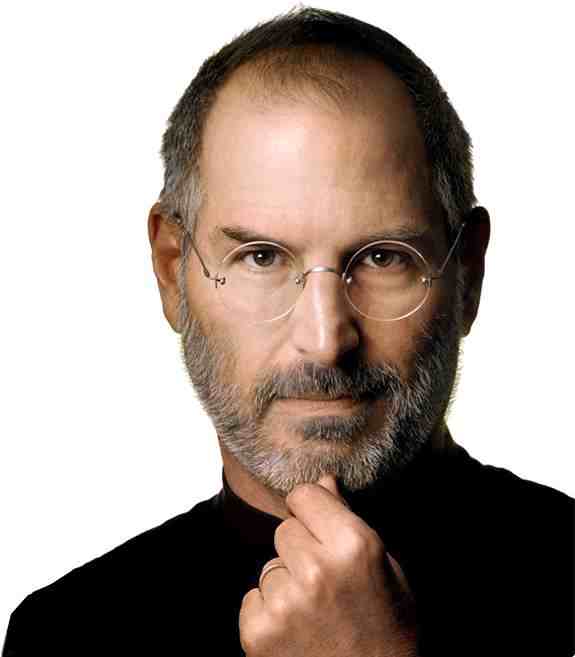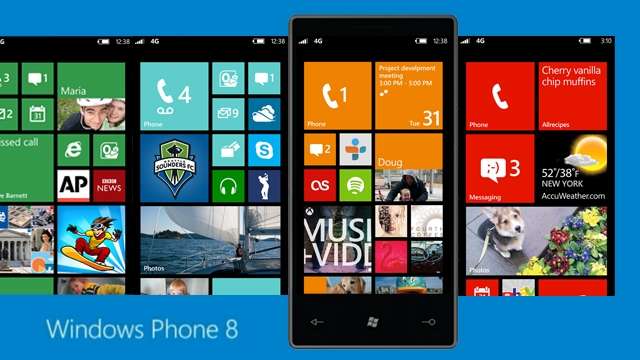
Windows 8 and Windows Phone 8 (along with Windows Server 2012) represent Microsoft’s bet on the next four years of personal and business computing. Windows 8 is getting a lot of negative press, from everywhere, while Windows Phone 8 is slated to be the final nail in Nokia’s coffin. But is this really indicative of the products that are coming out of Redmond?
Furthermore, Microsoft CEO, Steve Ballmer, is suffering through a massive amount of stick about his helmsmanship at the enormous tech company. I am somebody who (like many others) have hated Microsoft for many years, for their monopolistic behaviour and their disdain for simple things like User Experience but the Microsoft of 2012 looks incredibly different to the Microsoft of even two or three years ago. They have changed, dramatically. For an organisation of their size, they seem to have completely overcome the Innovator’s Dilemma, and I, for one, am positive about what that means for all of us.
The Market
Let’s start with a holistic view of the personal and business technology space right now to see if Microsoft are aiming at the right targets.
The world has transitioned from pre-packaged, shrink-wrapped software in boxes. The days of waiting for a CD to spin up and start installing are gone, the movement largely started by Valve Software’s “Steam” game-store-cum-download-manager, which launched in September 2003 and was estimated to have had 70% of the digital distribution market for games by the end of 2009. App Stores are springing up all over the place, allowing for digital downloading of software and games for all type of platforms. Sometimes they’re called Marketplaces or Stores, in the case of Google, simply “Play”. It is the expectation of consumers today that they can get their digital wares on-demand and fast. Today, the expectation from consumers is much more immediate. Everybody expects the world, and wants it right now. It’s not an easy place to do business, and with Twitter and Facebook, bad news travels very quickly. No wonder there is so much turmoil in the industry…
A massive economy of data centres and cloud services is springing up to support this on-demand mindset, the network, storage and processing requirements are vast; and in their defence, Microsoft are right there on the ball with Azure. But not just Azure, their on-premise systems (Hyper-V, Windows Server 2012 and SQL Server 2012) are also “cloud and big-data ready”. Steve Ballmer has hedged the company’s bets well on the burgeoning cloudy, virtualisation front.

The main consumers of these cloudy, instant-gratification App Stores are mobile users – iPhone and Android users primarily. The incumbents of old, Nokia and RIM (Blackberry), are suffering atrociously, despite masses of effort to stem the cash haemorrhage.
Of course everyone can see the tablet market is exploding too, but still lags behind the billion+ smartphones out there. As with all things in tech, nothing lasts forever, you have to move with the times. Remarkably, the most recent company to learn this the hard way is the apparently-bulletproof Apple. A 6% slide in stock price sheared $38bn off its value this month. Once the leading innovator, AAPL has suffered a series of very public cracks in its armour this year. From continual stories of the inaccuracy of Apple’s Maps software, to the continual bickering with Samsung, and their dominance in the smartphone and tablet markets slipping away.
Research in Motion (RIM), of Blackberry emailphone fame, have seen 56% of their value disappear in the past 12 months as every consumer started to look at Apple and Android devices alone. Their one chance to save the farm is their new “BBX” (BlackBerry 10) platform, which will be launched in the new year.
The problem with Apple’s iOS and Mac infrastructure, or Blackberry, or Android, is that it simply doesn’t deliver a contiguous system which is enterprise-ready. Although iPhones are now the de facto standard device for businesspeople and a significant proportion of consumers, once you get to work and fire up your desktop PC (or laptop), you’re back into a flavour of Windows. Obviously, graphic designers and trendy hipsters notwithstanding…
Many people use some kind of cloud-based dropbox to share files between their different operating systems, there is no “continuous client” that will be useful for consumers and also can be brought to work, will integrate with your work computers, and most importantly will be supported by your IT support guys (and gals).
That is, until now…
Windows 8

A lot of people have been very negative about Windows 8, in particular, the operating system’s new Metro user interface. One of its most vocal critics is Gabe Newell, co-founder and Managing Director of Valve Software – owners of the aforementioned Steam software delivery system.
“I think Windows 8 is a catastrophe for everyone in the PC space. I think we’ll lose some of the top-tier PC/OEMs, who will exit the market. I think margins will be destroyed for a bunch of people.” – Gabe Newell
It is worthy of note that Gabe made the money to found Valve when he left Microsoft in 1996 after 13 years of working on Windows and cashed in his shares, so he has some insider knowledge of the space. However, that specific knowledge is now 16 years old – that’s several lifetimes in the IT industry. Regardless, Valve has recently launched Steam on Linux to hedge the company’s bets.
Back then, Microsoft was very promiscuous – it would sell licenses to its software at the drop of a hat – that’s why the PC became commoditised and why Windows beat IBM and Apple to desktop operating system domination in the 90s. But as I said, things change rapidly, and it is easy to overlook the value that bringing the common Windows 8 core to a variety of different devices creates. Something I suspect Gabe Newell is guilty of ignoring.
Windows 8 suffers one major problem, and it is the same problem that Vista faced when it was launched: the hardware just hasn’t caught up yet. Vista was slow and glitchy for millions of users because the graphics cards in most desktop PCs weren’t designed for gaming or fancy sizzling effects (or even see-through windows!), they were designed for word processing and balancing chequebooks. The Aero theme just didn’t work. Today, things have evolved, even the most basic on-board graphics chipsets will give you enough grunt to power Vista – although not much more. Windows 8 relies very much on a touch-first user interface, Metro, but the number of desktop PCs out there with touch-screens is pretty much zero. But once the hardware catches up, Windows 8 will make infinitely more sense to people who only care about the top layer of the operating system: the UI.
But (and this is the whole point of the article) in reality, ‘touch’ isn’t a deal breaker. Metro is perfectly usable with a mouse and keyboard. And the benefits of Windows 8 as an entire ecosystem brings benefits that far outweigh the touch-first frustrations. For example, Windows 8 is backed by The Cloud – so your data will be wherever you are. On any Windows 8 machine – or device.
Or device…

Windows Phone 8
Windows Phone 8 is built on top of the same core as the desktop and tablet versions of Windows 8. For developers, this is a God-send. Now you can easily write applications once and deploy them across machines and devices. This is a similar benefit that originally sold Java to millions of developers, however, this time the common development platform isn’t just limited to a Virtual Machine, abstracted away from the underlying system. Using ‘Windows Runtime‘ – or WinRT – you can now access native APIs using the same bit of code from phone to workstation.
Windows Phone 7 introduced the startlingly good and useful Metro UI and in Windows 8 this has been improved even further.
Back to the point about support for your device from your IT guys (and gals) – because Windows Phone 8 shares a common security model as the PC that sits on your desk, the geekbods in their server cupboards can rest easy that they can be locked down just as easily.
And you can take it to town on Saturday night too.
But there’s more, this is just the beginning….
NeXtBox
The Metro UI has also come to XBox, but like Windows Phone 7 – this is actually just a thin modern veneer over an older system.
But 2013 will see the launch of the next XBox, supposedly called the “720”. This will share the same Windows 8 core as the rest of the devices I’ve just spoken about. And then you start to reach total computing nirvana. You can play games on your XBox, and resume them on your phone. You could write an email to Auntie Doris on your tablet, and be notified of the reply when you’re playing Call of Duty on your XBox.
Just imagine if Valve was pushing to make Steam a serious competitor to the Windows Store on all of these devices and machine… I think their focus on Linux could make them miss out on some serious cash. Instead, making apps and games for all Windows 8 devices, and distributed through Steam, is exactly where Gabe Newell needs to point his company at.
Windows 8 is much more than an operating system, it is a platform. A platform that can follow you around and, if you can look beyond the touch-first frustrations, will give you great freedom and access to your information (and games), but will do so in a secure manner.
Windows 8 has a real chance of being that one thing we all desire without knowing we desire it. Let Windows 8 into your life and in return you’ll get a fantastic Continuous Client experience.
